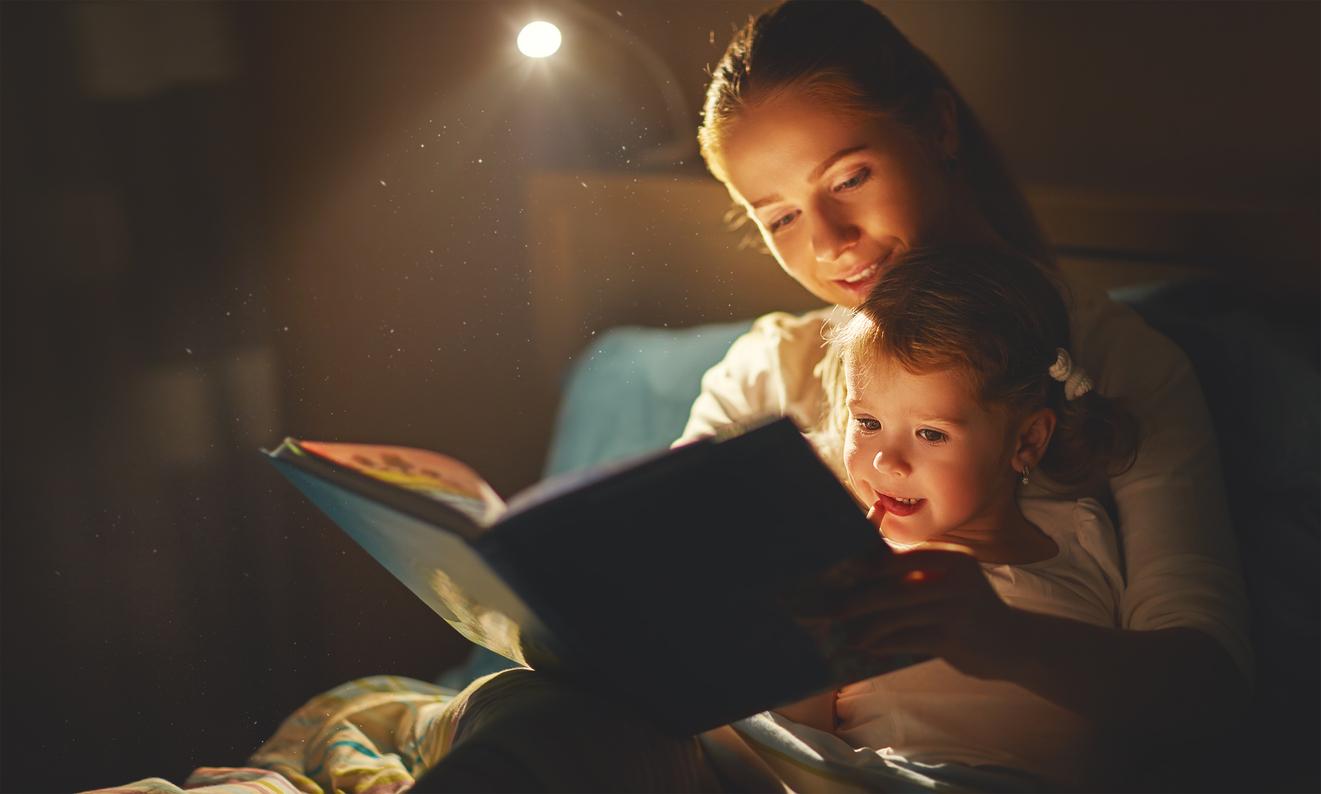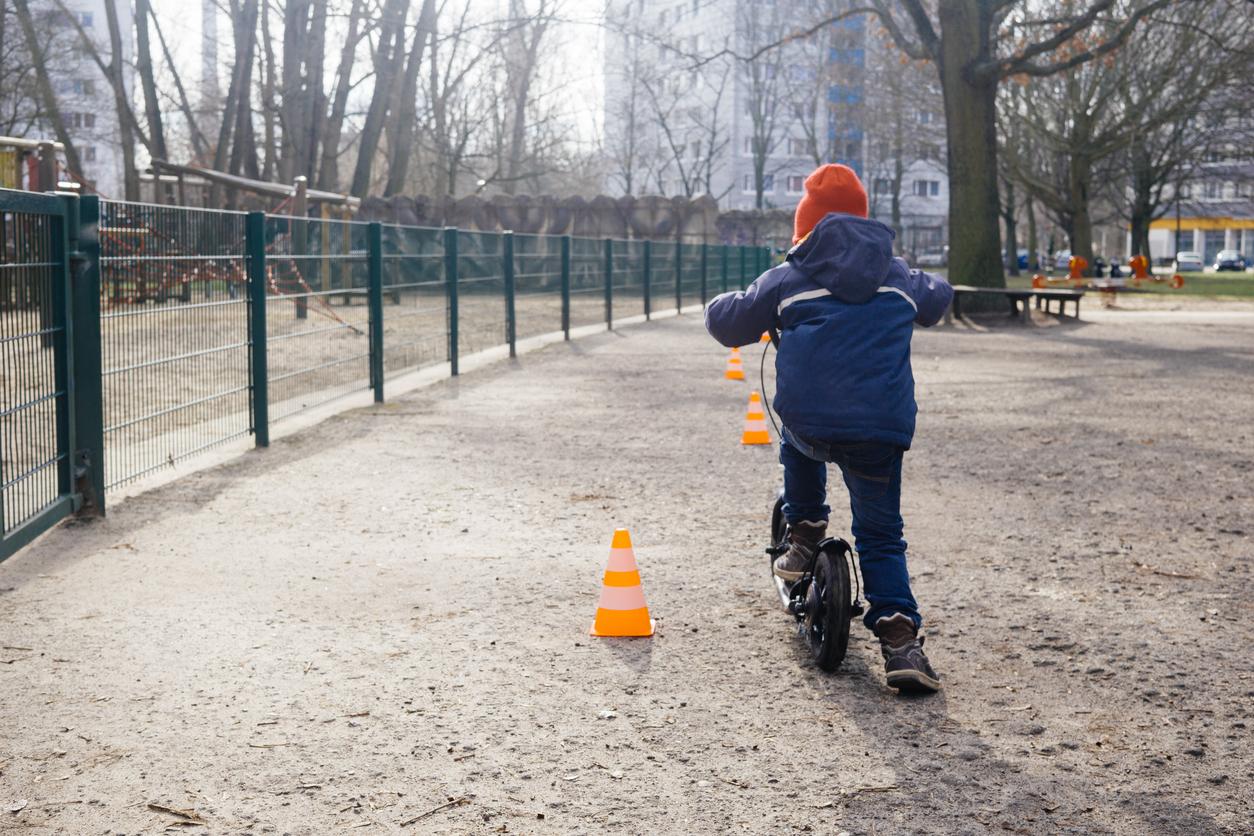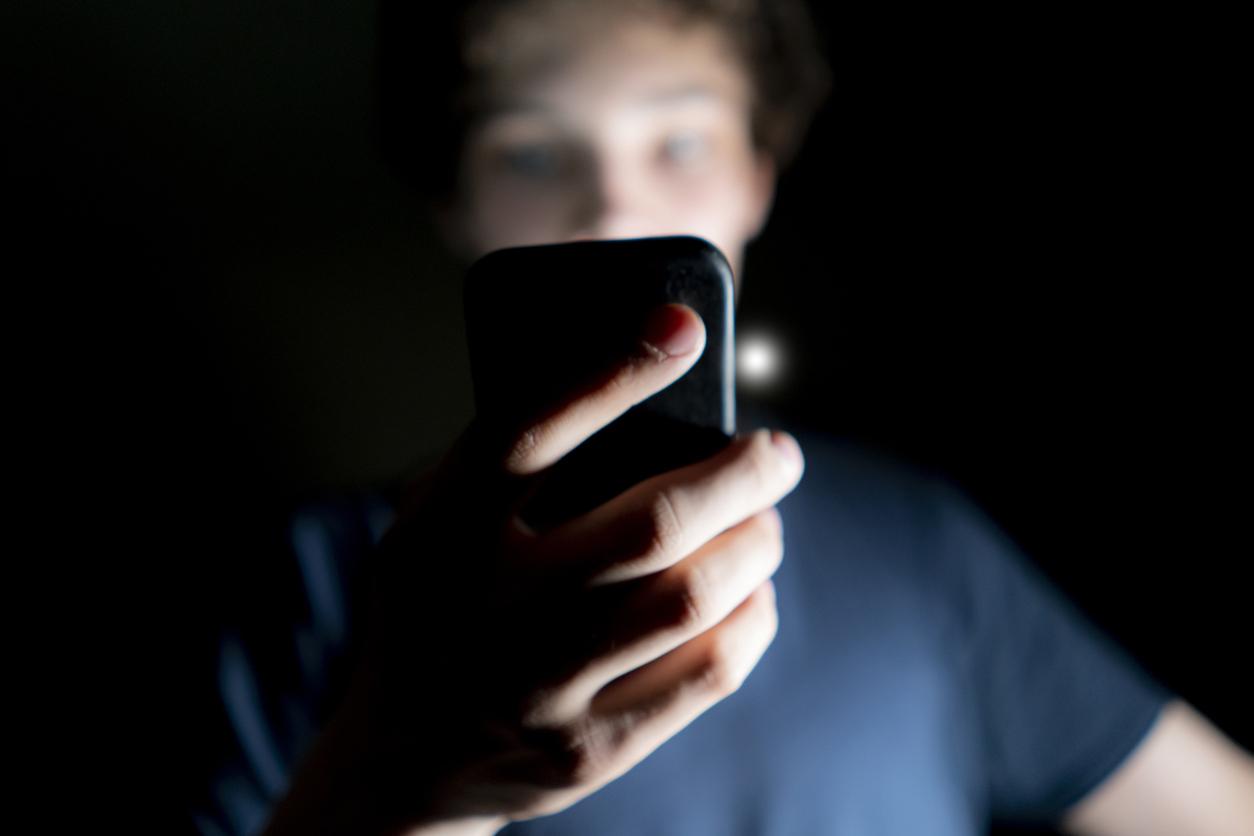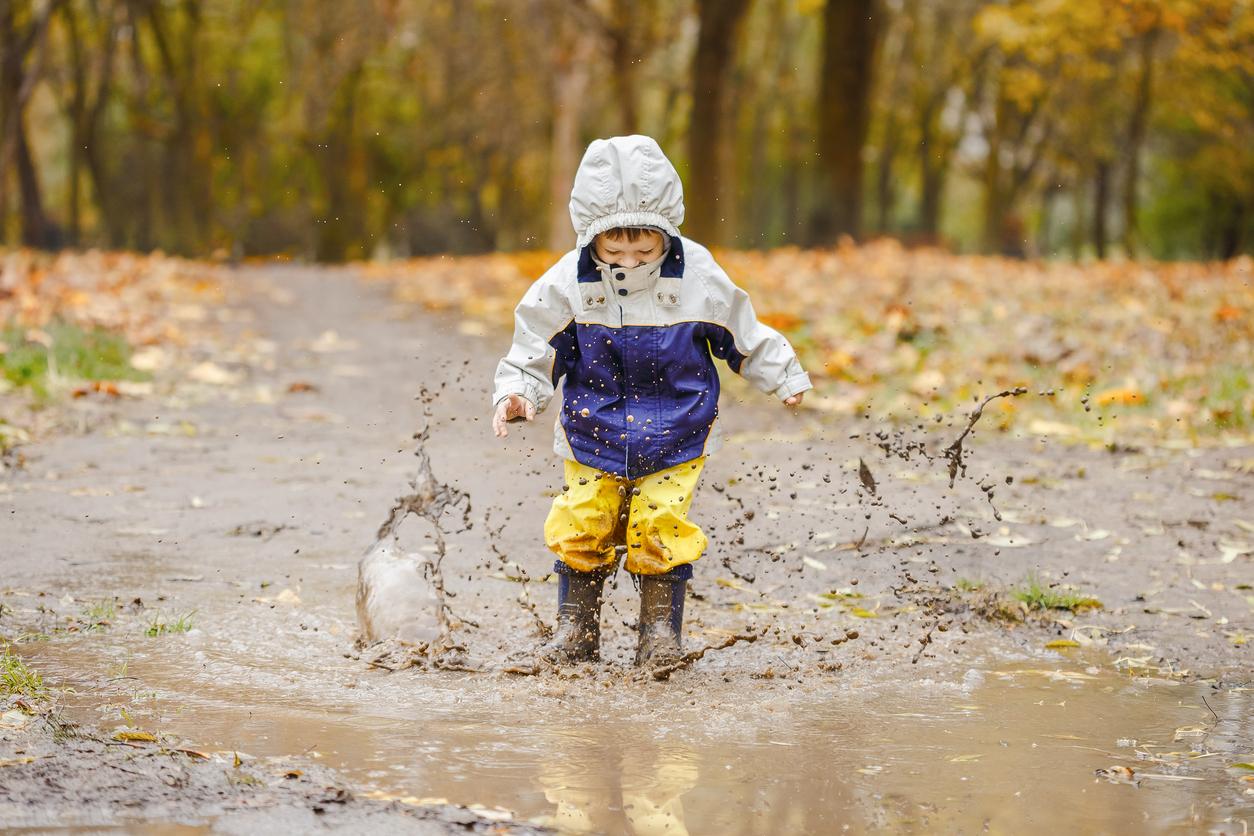Even in the absence of concrete disturbances, it is recommended to see an ophthalmologist at one, three and six years. “In pediatric ophthalmology, we see children from birth“, explains Dr Zwillinger. The latter insists on the need for parents to trust each other and to take their child for consultation if they have any doubts. “There is no age to consult. There is for example this idea that we have the right to have a squint, that a baby can squint. But we must tell parents that we can cure children if we take care of them properly “,adds the professional.
A visit to the ophthalmologist, always a good idea!
Pediatric ophthalmology is a specialty in its own right; work with children has nothing to do with that carried out in adults. “These are two very different approaches. We teach them to see well, there is a real work of accompaniment to the development of visual function”, explains Dr Zwillinger. Pediatric ophthalmology gives very good results and allows certain pathologies to be cured for good, such as amblyopia for example. “Until six at the age of six, which is a critical period, you can do things by going to the right person. However, it gets complicated afterwards,” however the doctor qualifies.
Visual disturbances in children: which are the most common?
Among the visual disturbances, we can mention refractive disorders and strabicus disorders.
- Refractive disorders
Hyperopia : This is an eye that is short. It is physiological in a child, but some have symptomatic eyes: their eyes run, they rub their eyes, get closer to their book, blink at night, have headaches, all signs of visual fatigue. The farsighted can see neither near nor far. As it is an accommodation disorder, children will therefore force constantly, like the zoom of a camera. The management takes place in consultation under cycloplegia, thanks to drops which will slow down the accommodation mechanism. Depending on the values found under cycloplegia and the initial assessment, optical correction may be proposed, subsequent treatment by orthoptic rehabilitation may also be considered.
Myopia : A myopic eye is an eye geometrically too long. The child then has difficulty seeing from a distance. There may be difficulties in walking or in the first learning. They will have to get closer to distant things. An early optical correction will again allow a good development of the visual pathways. “Glasses with specific lenses, soft lenses from 6 years old, rigid lenses and orthokeratology: the rise of myopia braking systems gives us a more varied arsenal in order to stabilize certain galloping myopias. In experienced hands, this arsenal allows stabilization of myopia and reassurance of parents “, explains the specialist.
Astigmatism : The eye is more oval and the cornea irregular. The child may suffer from photophobia, that is to say, discomfort in the light, and this disorder is also the cause of certain problems with vision in relief. The child may have difficulty learning to read and write. We will propose an optical correction glasses and rigid or flexible lenses in order to allow a harmonious development and a full awareness of his visual field which could be reduced due to the geometry of the corrective lens.
Amblyopia: We speak of “lazy eye”, this generally concerns only one eye. We do not realize it because a child, if he has always seen like that, cannot know that in reality he sees badly. “Most of the time the diagnosis takes place during a school screening in the middle section. Otherwise the parents take them to us when there is a history in the family. The treatment will consist of an optical penalty, we will work the eye. lazy, hiding the strongest “, explains Dr. Zwillinger.
Strabicus disorders
There are two types of strabismus. Strabismus converges, the eye retreats to the nose intermittently or constantly, and strabismus diverges when the eye moves towards the ear, intermittently or constantly. “Sometimes only one of the parents or the pediatrician will notice it. But it is absolutely necessary to consult”, recommends the specialist.
Visual disturbances: warning signs in children
“In 90% of cases we do not notice it if the pediatrician has not reported it or if we have not consulted”, explains Dr Zwillinger. The latter explains that in toddlers it is necessary to consult between 9 months and a year when there is a family history and certain risk factors, as they have been listed by the High Authority of Health (HAS): strabismus, amblyopia, myopia above minus 4.5. “Parents should trust each other if they have a concern. Certain behaviors can also alert: a child who does not follow with his eyes or not well, who has a white spot in the eye, who cries when dazzled.”, she explains.
Some disorders can heal over time, such as amblyopia or strabismus. Good management will also allow hyperopia to decrease. Thus, thanks to glasses, moderate hyperopia will become residual. But this support is essential, under penalty of causing other difficulties. “A child who has not been corrected small, this can have consequences later with in particular an increased risk of certain dys syndrome“, regrets the ophthalmologist. Read also: How do I know if my child has a sight problem?
Source: interview with Dr Stéphanie Zwillinger, pediatric ophthalmologist
Also read:
- My child often has a stomach ache, when to worry?
- Hypersensitivity in children: what are the signs?
- Baby otitis: how to recognize it?
- Bronchiolitis in babies: what symptoms should alert you?
















